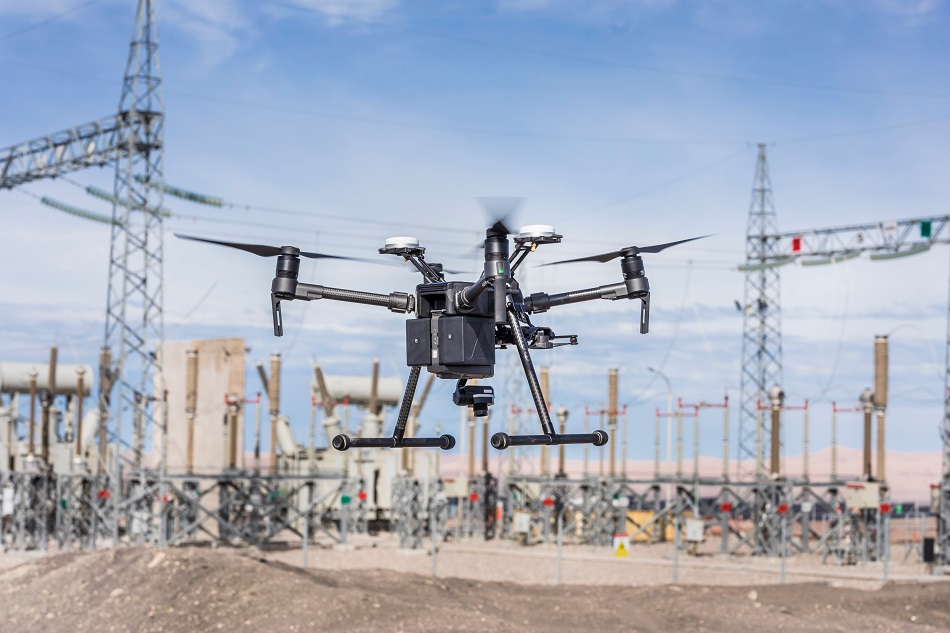
Image Credit: abriendomundo/Shutterstock.com
Obtaining optical color images of areas or landmarks of interest is the most common use of unmanned aerial vehicles (UAVs). These vehicles are being used more and more frequently by a wide number of sectors, who are finding an increasing number of uses for them in commercial, public safety and government applications.
UAVs are now replacing helicopters in their role of collecting aerial imagery because of the benefits that using UAVs have over helicopters, such as their reduced cost to run, their relative ease of use, and their ability to collect high-resolution color images with ease that can be relayed back in real-time. They are being used in numerous areas such as in aerial cinematography, mapping and surveying, energy, oil and gas, forest management, wildlife monitoring, covert operations, payload delivery, emergency response, tactical operations, security and surveillance, search and rescue, law enforcement, and medical operations.
Providing High Spatial Resolution Color Images
The cameras used by UAVs use technology that is distinct from other kinds of cameras, such as consumer-level cameras in GoPro cameras, mobile phones, and DSLRs. Most UAVs generate images in their raw format, without compression, in contrast to other imaging techniques. It is essential that the imaging technology used by UAVs can be relied upon to provide accurate imagery regardless of the subject matter. For this reason, no further processing of the image, such as compression, or applications to enhance or improve the image’s aesthetics are used. The UAVs instead provide high spatial resolution color images, which have a high amount of signal to noise ratio (SNR).
Below shows the importance of using UAVs to collect optical color imagery by discussing three main applications of this technology.
Surveying and Mapping
Surveying and mapping are essential to numerous industries, namely the gas and oil industry, for which the images are essential to the efficient planning of new operations. Obtaining high quality, color images allows these companies to gain detailed insight into the landscape, giving insights on landmarks, terrain, features that may hinder operations, and more. The use of UAVs to collect this information provides several benefits, such as reduced data collection time and survey costs, reduced requirement of human workers, and the attainment of accurate and exhaustive data. In addition to this, UAVs can map areas that would have otherwise been inaccessible to other methods, as the vehicle can fly almost anywhere, harsh terrain and unsafe areas no longer limit image collection.
Cinematography
UAVs are being increasingly used by filmmakers to capture high quality, colorful, cinematic shots of the landscape and scenes from an aerial perspective. The advent of this technology has allowed creatives to incorporate shots into their work that otherwise may not have been possible with other technology, or with limited budgets. UAVs are causing a shift in how visual projects are being planned and imaged, they are opening the door to greater possibilities of what can be achieved.
Animal Monitoring
Various projects have used UAVs to monitor animal populations to aid conservation efforts. High definition color imagery provides valuable information on animal population and behavior that is essential to enhancing conservation projects. These images provide insights that would not have been possible with alternative methods. In Australia, for example, UAVs have been used to help researchers to evaluate the health and conservation status of the koala population. The UAVs were programmed with complex algorithms to identify and differentiate between individual wild animals, helping researchers to automatically classify data.
Sources and Further Reading
Disclaimer: The views expressed here are those of the author expressed in their private capacity and do not necessarily represent the views of AZoM.com Limited T/A AZoNetwork the owner and operator of this website. This disclaimer forms part of the Terms and conditions of use of this website.